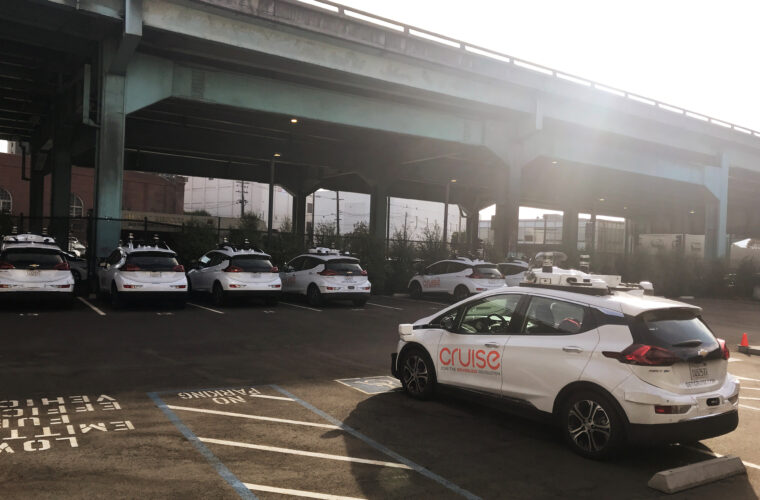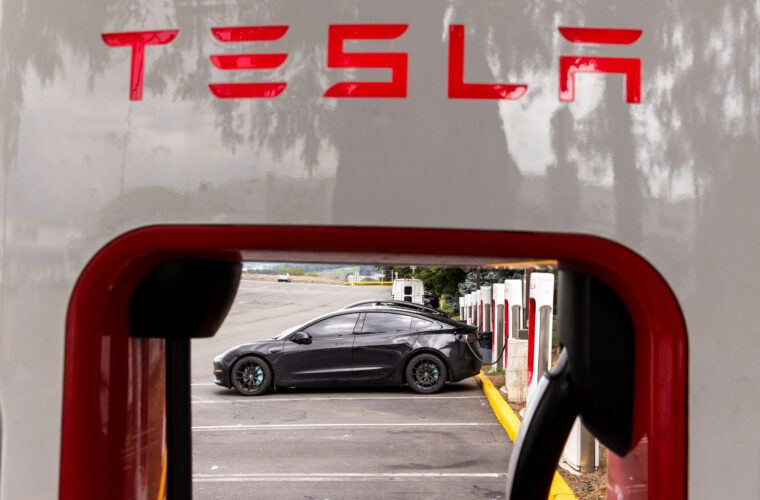Automating your home and being able to turn on the lights, start vacuuming, or make coffee with a simple voice command can certainly make you feel like you’re living in the future. However, as quickly as smart devices can make life easier, they can stop functioning completely.
Look for no other examples than the latest robot vacuum mishap. When Amazon’s cloud division had an outage in the US recently, iRobot owners found themselves unable to vacuum their homes. The vacuums retained some offline functionality, but schedule and room cleaning were off the table. Frustrated users took to Twitter, with one suggesting that the company should revise its hosting strategy.
And they weren’t the only disgruntled customers facing issues. Ring doorbells reportedly stopped working completely, as did multiple other services reliant on AWS. It’s a clear example of how smart devices’ dependence on the cloud can make them dumber at the press of a button. Functionality returned soon after the outage was resolved. However, this isn’t the case for many smart home gadgets that have been abandoned by their manufacturers in recent years.
Abandonware in the age of the Internet of Things
Just a decade ago, it was normal to expect that a product like a vacuum or a scale would work for years on end, maybe with some minor repairs required. The age of the Internet of Things has certainly made such products smarter. For example, a smart scale can track your body mass index, sync your weight data with your fitness watch or app, and much more. Yet, at the same time, these connected products can quickly turn into fancy paperweights. Known commonly as abandonware, there is a long list of smart home products that are longer supported by their manufacturers. As a result, they have lost most if not all of their functionality, defeating the purpose of purchasing a smart product in the first place.
Don’t be under the impression that this happens only to the devices of small, little-known companies either. Big players haven’t shied away from dropping support for their products just as quickly as they entered the smart home space.

One recent high-profile example is Under Armour. The sportswear and fitness company started offering a suite of connected products called UA HealthBox in 2016. Those included a fitness tracker, a smart scale, and a chest strap heart rate monitor. Just four years after their introduction, however, Under Armour pulled the plug on all three products. It removed its UA Record app from the Google Play Store and the App Store on New Year’s Eve of 2019, announcing it would no longer support the software. It stopped working completely in March of 2019.
If you spent $400 on the full bundle, you were simply out of luck. Why? Because all of the data from the devices – heart rate, sleep tracking, steps, and nutrition – was aggregated and analysed by the mobile app. Under Armour offered a half-hearted solution to burned customers: transferring their data to another application of theirs, MapMyFitness. Unfortunately, that did little to restore lost functionality. Much of the information that made the connected products useful health gadgets in the first place could not be transferred to the new app. Steps were gone, sleep tracking disappeared, as did body fat percentage goals, and much more. The products became little more than e-waste.
Alexa, can I get a refund?

Maybe a fitness tracker losing its functionality after 4 years doesn’t bother you too much. But what if your smart security system goes dark or your smart home hub stops working? Unfortunately, neither of these cases are hypothetical.
Some early smart home adopters were seemingly punished for their enthusiasm for the emerging connected products space when Revolv’s smart home hub was permanently disabled. The start-up company was founded in 2012. It was among the first to offer a device that could act as the “heart” of an automated home, controlling every other smart gadget in the house. Yet, like many smart home products, its success was short-lived.
Revolv was acquired by Nest, another smart home manufacturer and a subsidiary of Google’s parent company Alphabet, in 2014. Its products were supported for another 2 years after the acquisition, but Nest pulled the plug on the hub in May of 2016. This rendered it nothing more than a simple Bluetooth speaker – a tough pill to swallow for customers that paid $300 for it and were sold a “lifetime” subscription. Many didn’t take the shutdown sitting down, however. Entrepreneur Arlo Gilbert expressed his disappointment in a derisive Medium post titled “The time that Tony Fadell sold me a container of hummus”. Thankfully, Revolv at least had the good sense to offer refunds for its smart home hub until 2018 – something that can’t be said about plenty of other smart home manufacturers.

Spectrum is one of them. Now owned by Charter Communications, the company used to offer a suite of smart home security products. They were discontinued after the 2016 merger, but many customers expected support for existing products to continue. Unfortunately, that wasn’t the case. Devices like its video cameras, window sensors, and motion detectors stopped working in February of 2020.
What is worse is that Spectrum had no intention of offering refunds for the equipment. Rather, it tried to satiate customers with discounts on services and products from similar companies Ring and Abode. That wasn’t enough for some users who reportedly spend thousands on the smart security system, but it’s a perfect example of why investing in IoT devices of any kind is risky business.
There were no alternatives for connecting the devices to 3rd party providers either. Allegedly, Spectrum firmware coded its devices to be incompatible, effectively bricking them once the service shut down.
Smart home abandonware solutions

So, you might be wondering if all your smart products have an expiration date or if there is a solution besides avoiding IoT devices altogether. Yes, but the onus to change is on manufacturers more than it is on consumers.
Considering how reliant smart home gadgets are on cloud services, there are a couple of simple solutions that have already been proposed. The first is the most obvious one – store more data locally. A robot vacuum shouldn’t need an internet or a cloud connection to remember the map of your apartment or to schedule cleaning.
Another, which is more complicated, is allowing for multi-cloud support. That way, if Amazon’s AWS has an outage, for example, your smart home device can simply connect to a different cloud service. Open sourcing is also a necessary component of the equation. Jason Perlow writes for Zdnet, “Ideally, this open sourcing of device stack, the cloud APIs, and cloud services “glue” needs to happen during the entire lifecycle of an IoT product – not just at the end – so a consumer can jump ship to another cloud back-end at any time.”
Unfortunately, manufacturers are unlikely to follow this advice unless their hand is forced. After all, there is much less (if any) money in supporting old hardware than there is in selling new gadgets.
This is why many home automation enthusiasts have taken things into their own hands with software like Home Assistant. It ticks pretty much all the boxes – it is open-source, with a focus on local control and privacy. It acts as a central smart home control hub and can be installed on a Raspberry Pi. Home Assistant works with both closed and open smart home ecosystems, so it can control everything from a Phillips Hue lightbulb to Nest doorbells and even DIY devices. Unfortunately, using Home Assistant is more involved than setting up an Alexa or Google smart speaker. It is an enthusiast rather than a mass consumer solution, but it’s something worth looking into if longevity and privacy matter to you.
If not, you should either be at peace with the fact that your smart home devices have an expiration date, or you should vote with your wallet.



